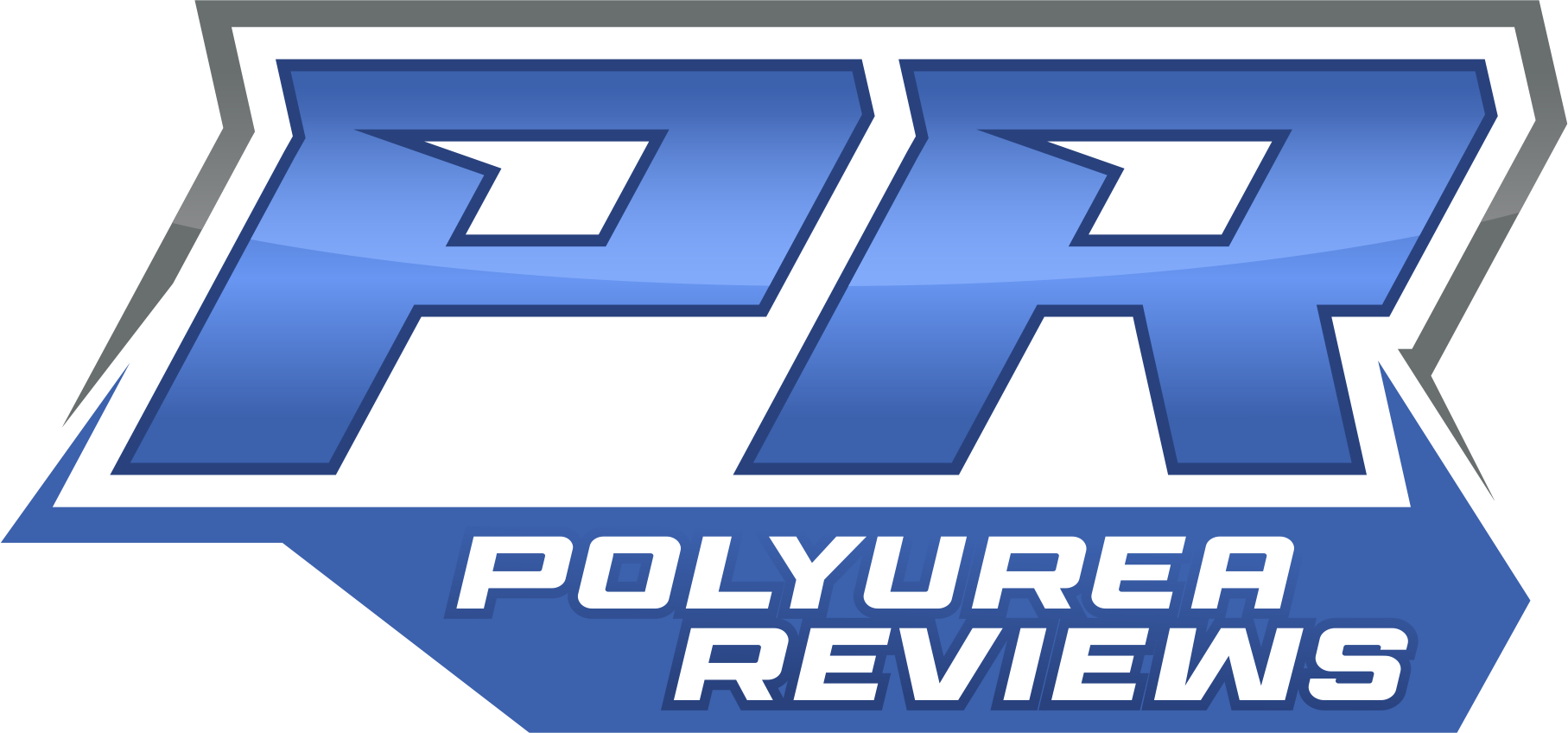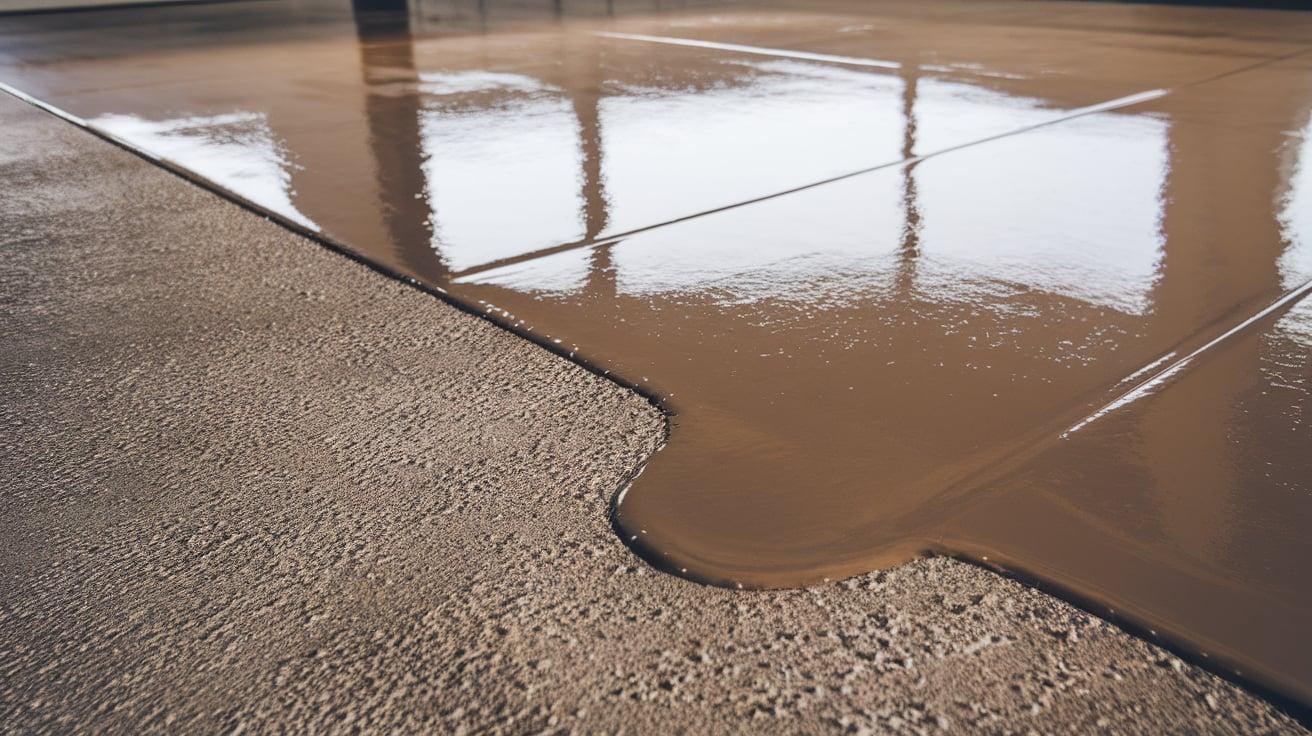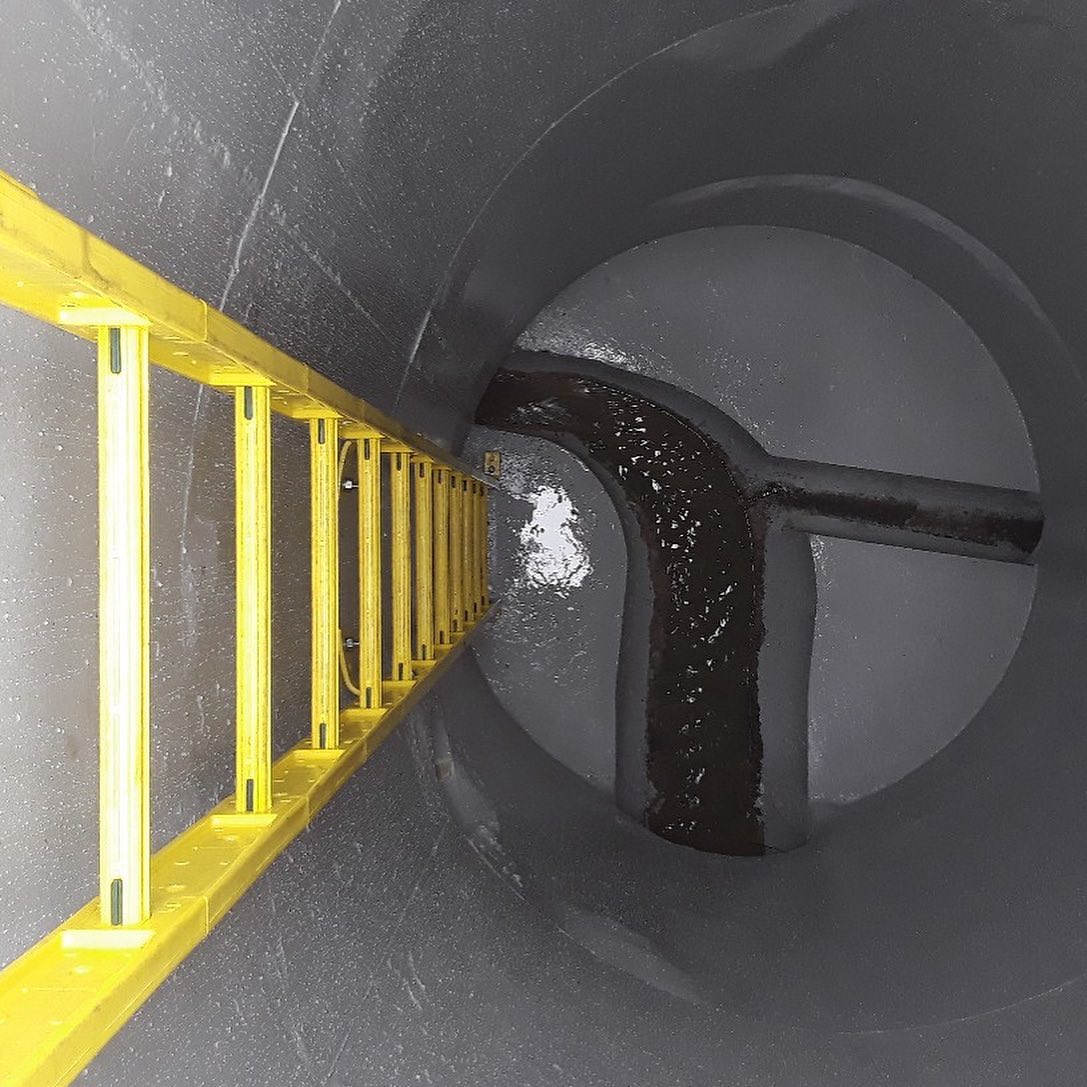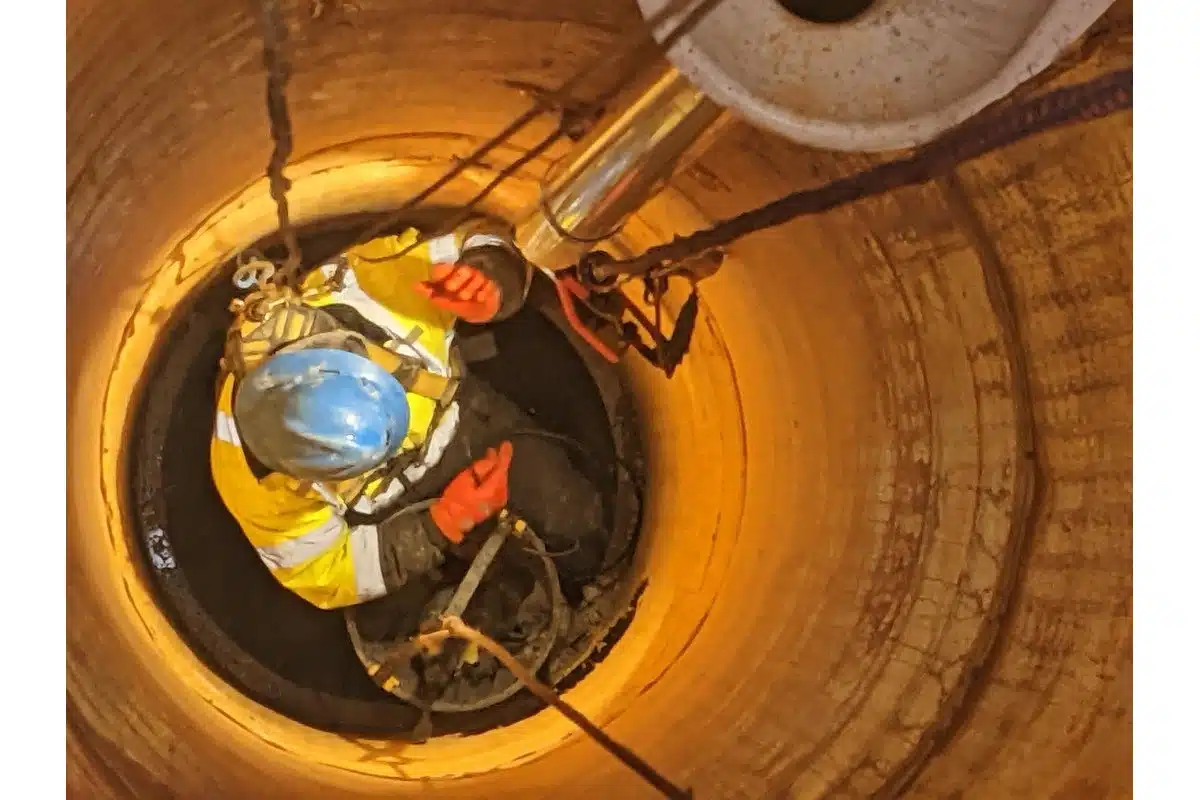Polyurea coatings have gained popularity due to their exceptional protective properties against corrosion, abrasion, and chemical exposure. Their lightweight, flexible, and durable nature makes them a preferred option for commercial and residential purposes.
Understanding its characteristics and application procedure is crucial to fully utilizing the benefits of polyurea coating.
Initially, polyurea coating is administered in a state and swiftly solidifies into a layer that uniformly safeguards the substrate. It boasts resilience against cracks and chips while being compatible with substrates.
Subsequently, the application process is straightforward. Adequate surface preparation involving cleaning, priming and the removal of existing coatings is essential. Once prepared, polyurea coating can be effortlessly applied using a spray gun, brush or roller for long-lasting results.
Ultimately, polyurea coating surpasses systems in offering advantages.
Polyurea coating is known for its durability, making it a great choice for high-traffic areas. Its resistance to corrosion, abrasion and chemicals makes it perfect for settings. Moreover, its flexibility allows it to adjust to surfaces effectively.
In general, polyurea coating is a solution with various advantages. By grasping the material’s specifics and application techniques, you can fully utilize this product.
Understanding the Durability of Polyurea Coating
Polyurea coatings have gained popularity in construction for their resilience and longevity. They safeguard surfaces like concrete, steel and wood from wear and tear caused by weathering, abrasion and corrosion. Additionally, they are applied for waterproofing, slip-prevention systems, and aesthetic enhancements.
These coatings consist of two elements: an isocyanate and a polyol. When combined, they produce a flexible layer that exhibits outstanding resistance against chemicals, abrasion, and UV exposure.
Polyurea coatings are versatile. They can be used on surfaces like concrete, metal, wood, and plastic. When properly maintained, they are known for their durability and longevity. These coatings resist scratches, impacts, and environmental elements while being easy to repair. They can be applied in temperature and humidity conditions.
However tough they may be, polyurea coatings are not indestructible. High temperatures, UV radiation, and certain chemicals can damage them. Regular inspections and maintenance are crucial to keeping the coating in shape.
In summary, polyurea coatings excel in performance and durability for long-term projects. They offer resistance to scratches, impacts, and environmental factors across surfaces. Despite their durability, regular upkeep is essential for their lasting quality.
Discovering the Flexibility of Polyurea Coating: Essential Insights
Polyurea coating is a long-lasting solution that provides protection and insulation for various surfaces. This article will delve into the uses of polyurea coating, its practical applications, and the advantages it offers.
Lets start by exploring the flexibility of polyurea coating. This unique protective layer can be applied to surfaces such as metal, concrete, wood, rubber and fiberglass. It boasts resistance against weathering, chemicals and UV exposure. Moreover, its ability to be layered in varying thicknesses allows for usage.
The applications of polyurea coating are wide-ranging. It serves as a shield for machinery and vehicles while also doubling as a lining material for water tanks and containers. Furthermore, it functions effectively as a waterproofing agent and insulator in basements and attics.
Apart from its versatility, polyurea coating brings benefits to the table. It is incredibly durable, capable of withstanding abrasion and extreme temperatures with ease. It is non-toxic and eco-friendly, and it has gained popularity across industries. Its drying nature enables application—a valuable asset for time-sensitive projects.
When applying a polyurea coating, it’s crucial to take into account the surface and the specific environment where it will be used. The thickness of the coating needs to be determined based on the surface type and where it will be applied. Moreover, following the manufacturer’s instructions for application is key to achieving results.
To sum up, polyurea coating is a long-lasting protective layer that offers top-notch protection and insulation for various surfaces. It dries quickly and is eco-friendly. Poses no harm to the environment. When using polyurea coating, considering the surface and environment and adhering to manufacturer guidelines are vital for achieving the desired outcomes.
Exploring the Protective Benefits of Polyurea Coating: Essential Information
In safeguarding surfaces against elements, polyurea coating stands out as a popular choice. This protective coating is liquid when applied but transforms into a barrier upon curing. It provides defense against environmental stressors like moisture, UV rays, corrosion, and wear.
Polyurea coating finds use as a shield on metal surfaces such as steel pipes, tanks and vessels.
Polyurea coating serves as a shield for surfaces such as concrete, wood, and plastic. Once applied, it forms a layer that withstands heat, chemicals, moisture, and environmental elements effectively.
Moreover, polyurea coatings boast durability and flexibility, making them optimal choices for safeguarding surfaces exposed to varying temperatures and conditions. They can even seal joints and seams to bolster their qualities.
Besides its features, polyurea coating is cost-efficient. Its application is relatively budget-friendly, with no maintenance requirements or repairs needed. Furthermore, it offers a lifespan, with some coatings lasting up to 30 years before replacement is necessary.
When it comes to shielding surfaces from certain conditions, polyurea coating emerges as a top-notch option. With its protection capabilities, durability and cost effectiveness combined in one solution, it’s the choice for safeguarding surfaces against the elements.
Exploring the Benefits of Polyurea Coating: Key Points to Consider
Polyurea coating stands out as an enduring solution that’s both economically viable and well suited for various industrial and commercial needs.
Polyurea coating is a mixture that can be sprayed on surfaces to create a water membrane. This membrane offers protection against water and chemicals, making it suitable for applications. In this article, we will explore the benefits of using polyurea coating. Why it is a choice for different purposes.
One key advantage of polyurea coating is its application process. By mixing the two components and spraying them onto a surface, they combine to form a layer that adheres well. Once hardened, this layer acts as a barrier without requiring tools or additional labor.
Another benefit of polyurea coating is its durability. It can resist abrasion, chemicals, UV rays and extreme temperatures while remaining flexible. This versatility allows for its use both indoors and outdoors.
Lastly, polyurea coating stands out for being environmentally friendly. The coating is free from compounds (VOCs) and is safe for use. This makes it an ideal choice for commercial environments that prioritize health and safety.
To sum up, polyurea coating is an option for many uses. It’s quick to apply, durable, cost-effective and environmentally friendly as it lacks VOCs. With these benefits, it’s no surprise that this coating type is gaining popularity.




